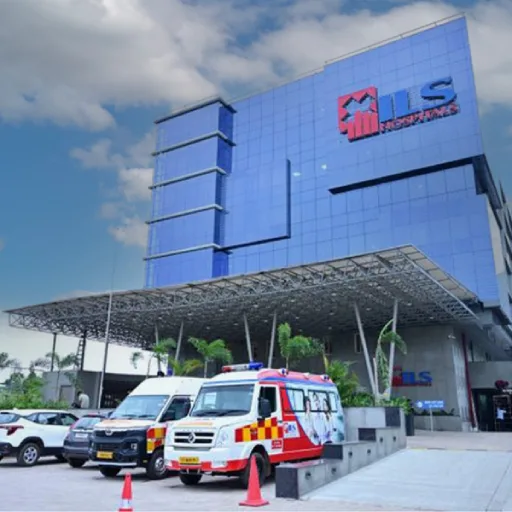Navigating Neurological Health with DSA at ILS Hospitals
In the realm of advanced neurological diagnostics, ILS Hospitals stands at the forefront, offering cutting-edge procedures such as Digital Subtraction Angiography (DSA). This state-of-the-art technique plays a crucial role in the precise evaluation and diagnosis of various neurological conditions. Let’s delve into the significance and process of DSA at ILS Hospitals.
Understanding Digital Subtraction Angiography (DSA):
What Is DSA? Digital Subtraction Angiography (DSA) is a specialized imaging technique used to visualize blood vessels in the brain, neck, and spine. It is a diagnostic procedure that provides detailed, real-time images of the blood vessels, allowing neurologists to assess blood flow, detect abnormalities, and plan appropriate interventions.
Diagnostic Significance:
DSA is employed in the diagnosis and management of various neurological conditions, including:
- Cerebrovascular Diseases: DSA is instrumental in evaluating conditions such as aneurysms, arteriovenous malformations (AVMs), and stenosis (narrowing) of blood vessels in the brain.
- Stroke Assessment: DSA enables neurologists to precisely identify the location and nature of blood vessel blockages or abnormalities, aiding in the assessment and management of stroke.
- Pre-Surgical Planning: For patients requiring neurosurgical interventions, DSA provides crucial information for pre-operative planning, ensuring optimal outcomes.
- Intracranial Bleeding: DSA helps detect and assess intracranial bleeding, providing essential information for timely intervention and management.
The Digital Subtraction Angiography Process:
- Patient Preparation: Before the procedure, patients may receive instructions regarding fasting and medication adjustments. A contrast dye is administered during DSA to enhance the visibility of blood vessels.
- Catheterization: A catheter (a thin, flexible tube) is guided through the blood vessels, typically from the femoral artery in the groin, to reach the target area in the brain, neck, or spine.
- Contrast Injection: A contrast dye is injected through the catheter, highlighting the blood vessels. This dye absorbs X-rays, allowing for clear visualization of the vascular structures.
- Image Acquisition: X-ray images are acquired in rapid succession as the contrast dye moves through the blood vessels. These images create a real-time digital subtraction, highlighting the blood vessels while subtracting the surrounding tissues.
- Real-Time Visualization: Neurologists can visualize the blood vessels in real-time on a monitor, allowing for precise assessment of blood flow, vessel integrity, and the presence of any abnormalities.
- Post-Procedure Monitoring: Following the procedure, patients are monitored for a brief period to ensure there are no immediate complications.
Why Choose ILS Hospitals for DSA?
- Expert Neurological Imaging Team: ILS Hospitals boasts a team of skilled neurologists and radiologists with expertise in conducting and interpreting DSA procedures.
- Cutting-Edge Imaging Technology: Our hospitals are equipped with state-of-the-art angiography suites and imaging technology, ensuring the highest quality images for accurate diagnosis.
- Holistic Neurological Care: From diagnostics to intervention and post-procedural care, ILS Hospitals provides comprehensive neurological services, ensuring continuity of care for patients.
- Patient-Centric Approach: Patient comfort, safety, and well-being are our top priorities. At ILS Hospitals, we strive to provide a supportive and compassionate environment for individuals undergoing neurological procedures.
Digital Subtraction Angiography at ILS Hospitals exemplifies our commitment to advancing neurological diagnostics, offering patients precise and effective solutions for the assessment and management of various neurological conditions. We aim to contribute to the well-being and neurological health of our community through excellence in healthcare.




























